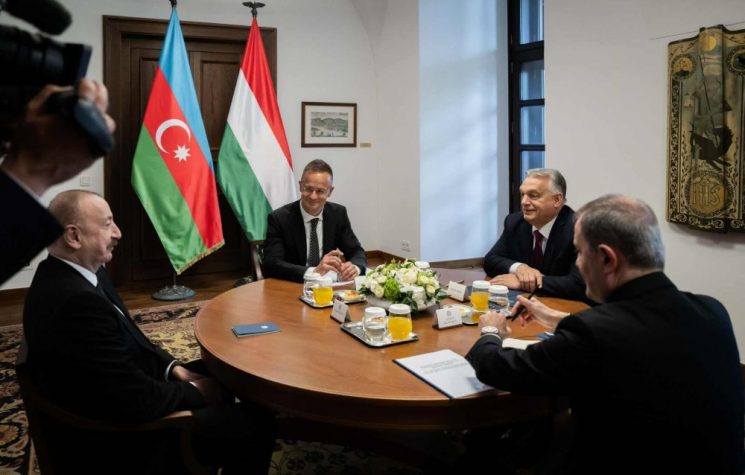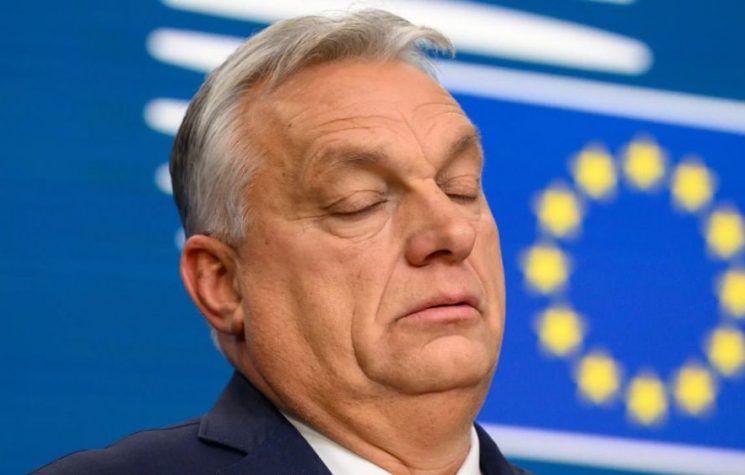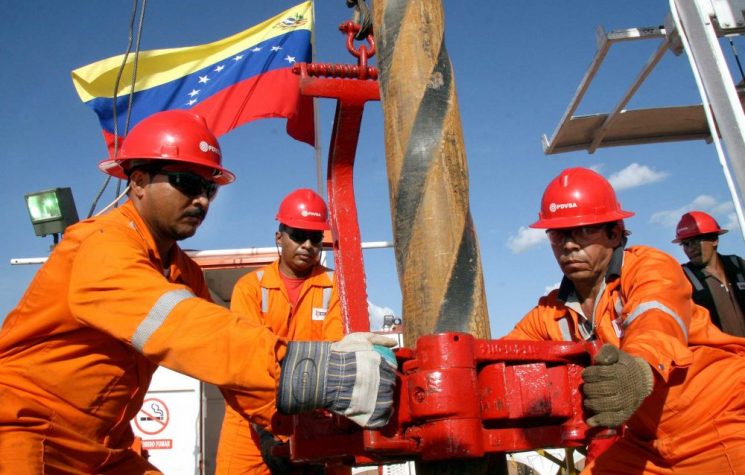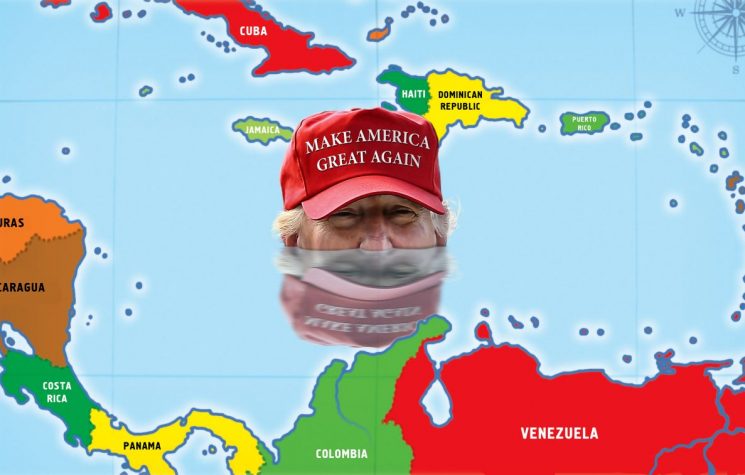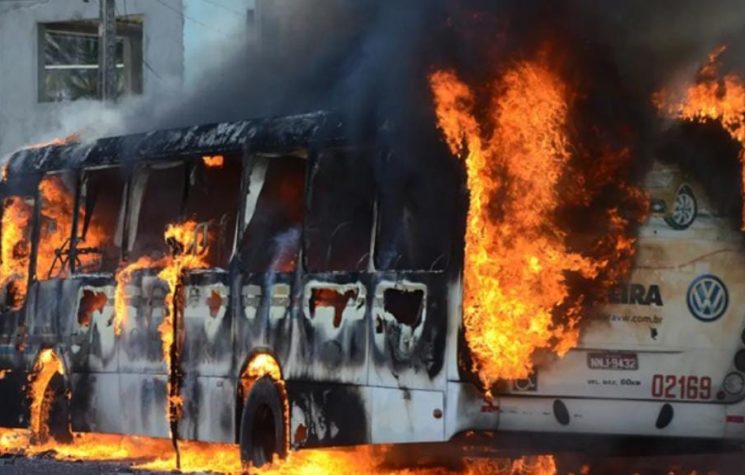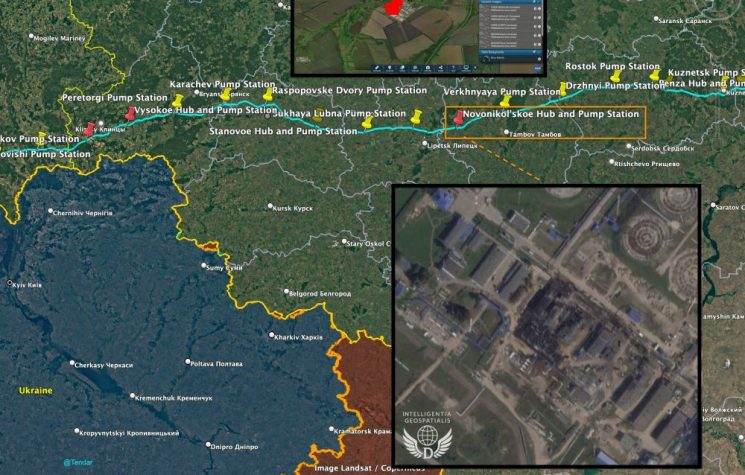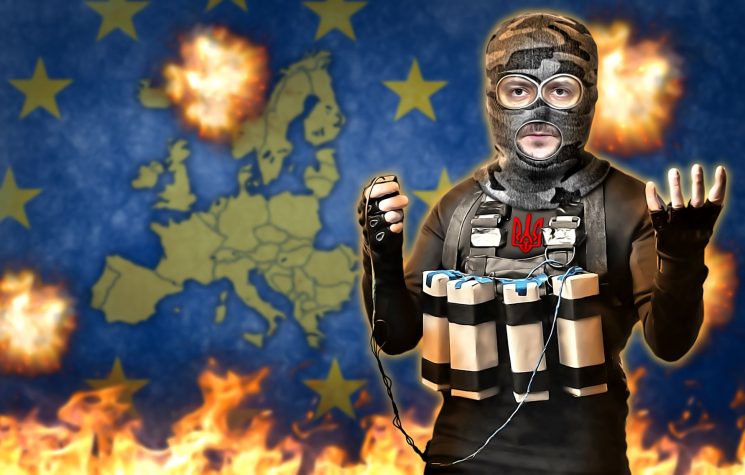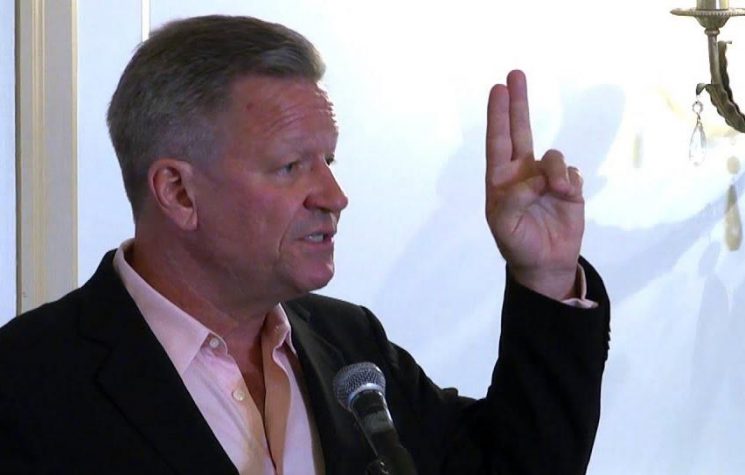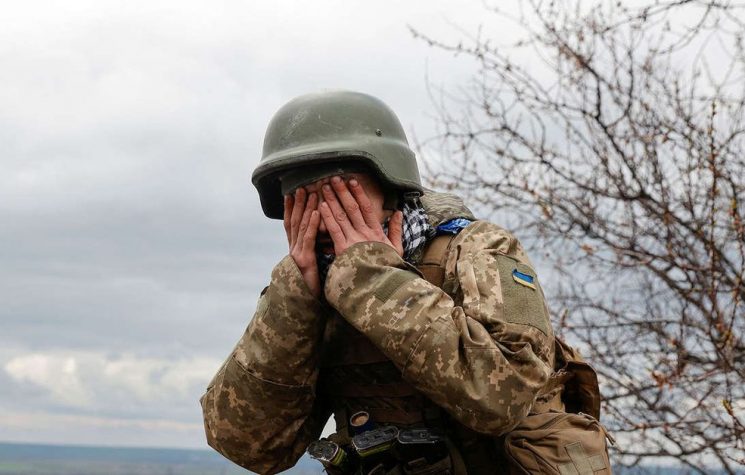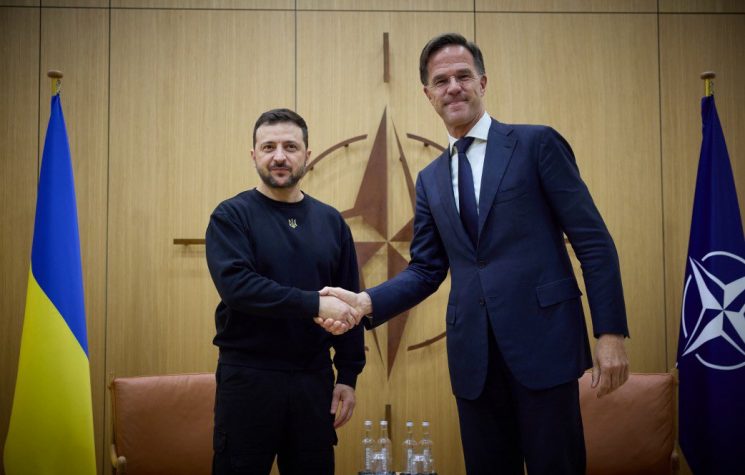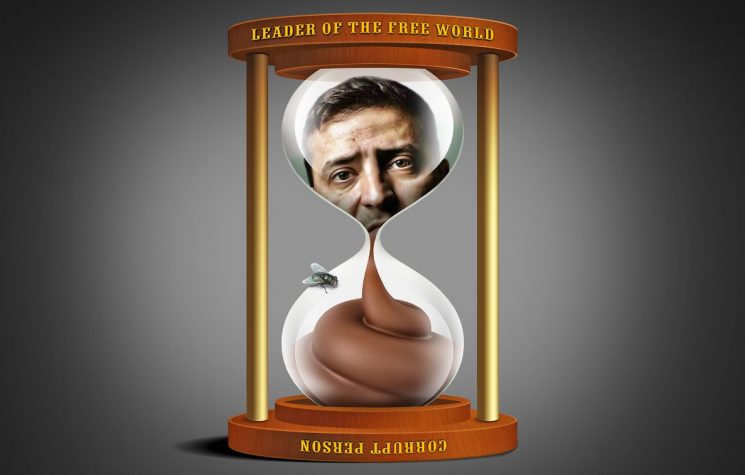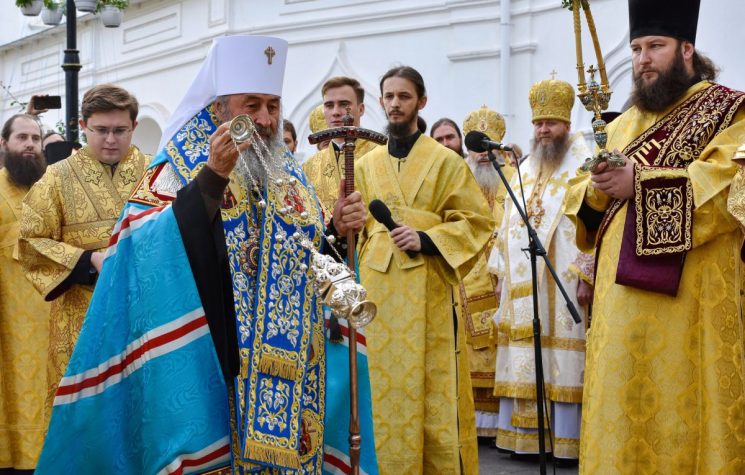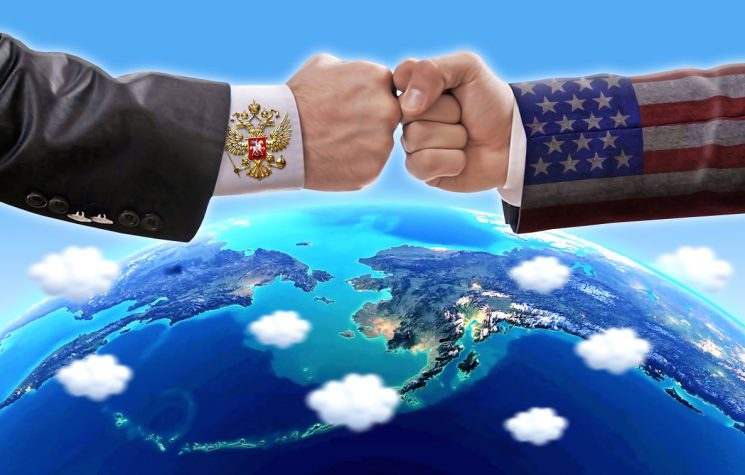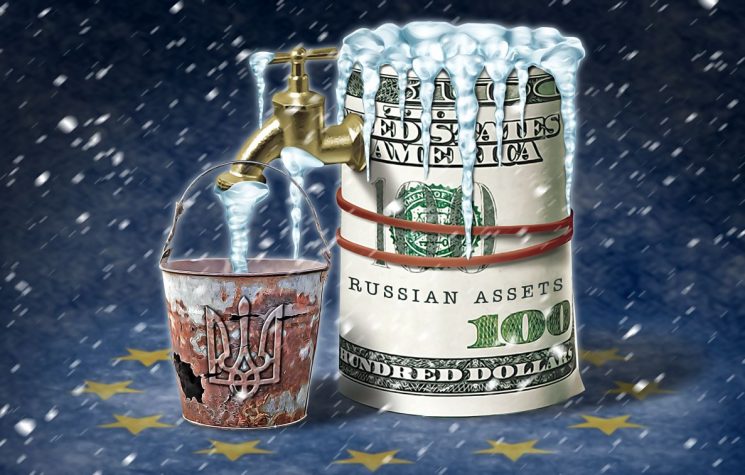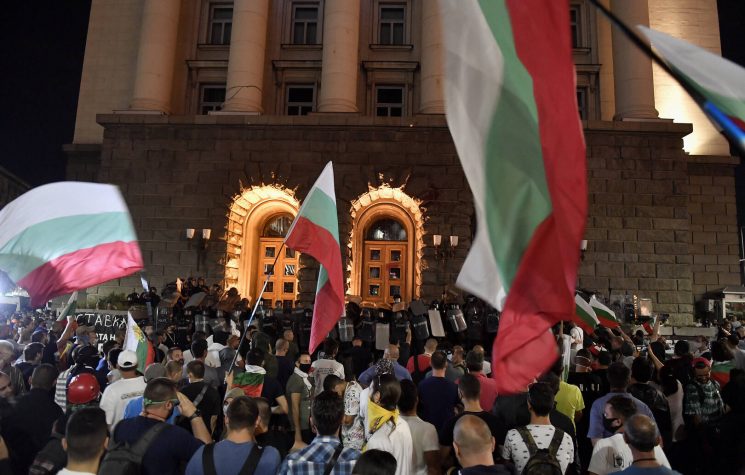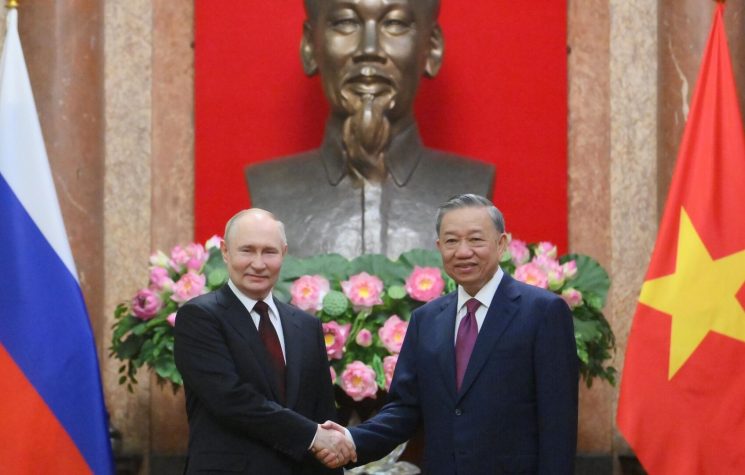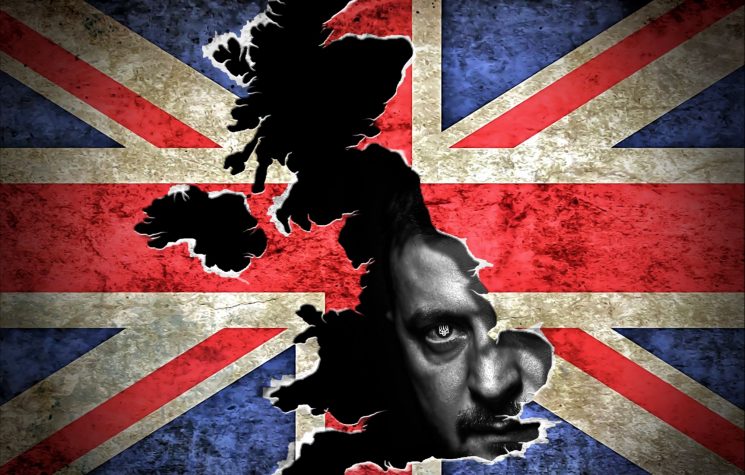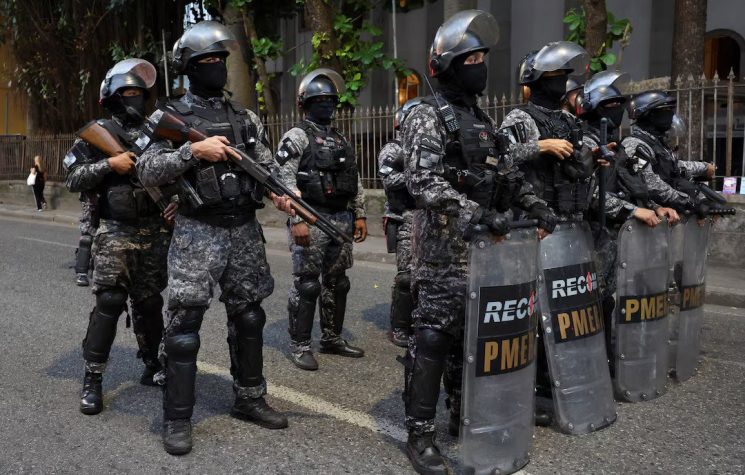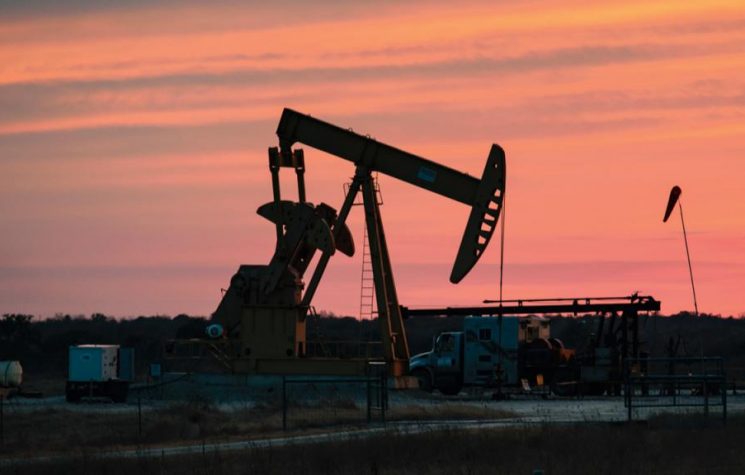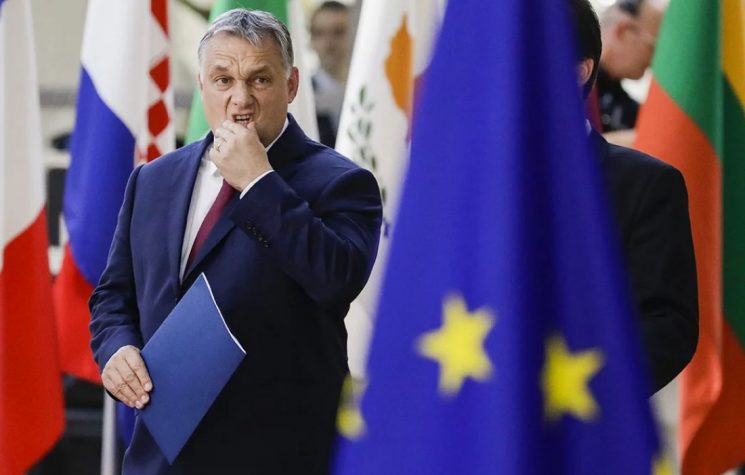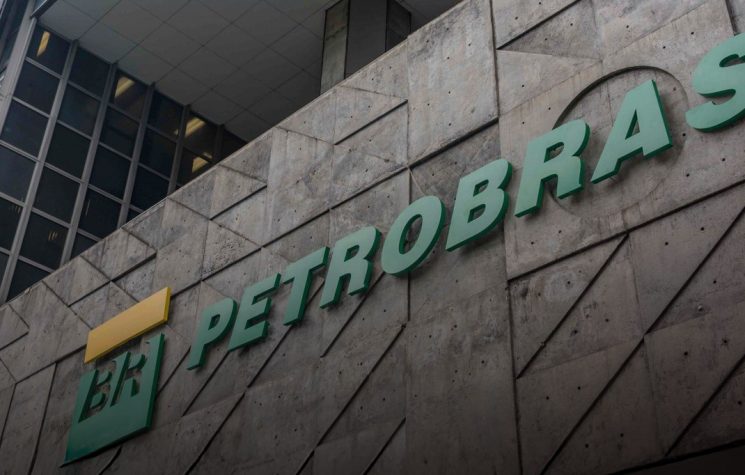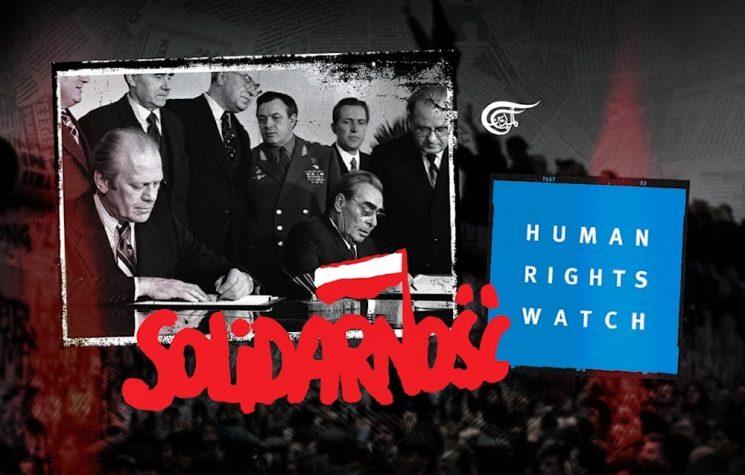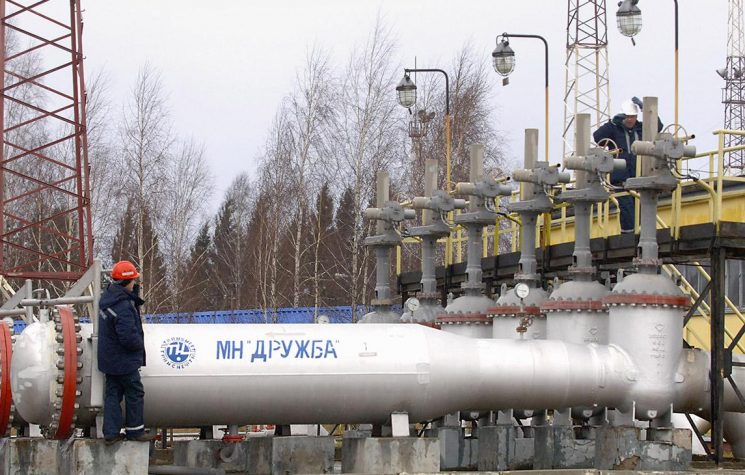The European Commission has pursued a rhetoric of aggression towards Moscow for years, but is unable to protect even its own energy infrastructure.
Join us on Telegram![]() , Twitter
, Twitter![]() , and VK
, and VK![]() .
.
Contact us: info@strategic-culture.su
The strategic oil pipeline
On August 22, 2025, the governments of Hungary and Slovakia appealed to the European Commission for measures to ensure the safety of the Druzhba oil pipeline, which is essential for the supply of Russian crude oil to the two countries. A new attack by the Ukrainian Armed Forces on a section of the infrastructure located on the border between Russia and Belarus has caused the interruption of oil flows for at least five days. The news was announced by Foreign Ministers Péter Szijjártó (Hungary) and Juraj Blanár (Slovakia) in a joint letter sent to EU High Representative for Foreign Affairs Kaja Kallas and European Commissioner for Energy Dan Jørgensen.
The Druzhba pipeline, Russia’s longest oil pipeline to Europe, starts in Almetyevsk and crosses the Bryansk region, where it splits into two branches: the southern branch, which passes through Ukraine and supplies Hungary, Slovakia, and the Czech Republic; and the northern branch, which crosses Belarus, Poland, and Germany, currently used only for Kazakh oil due to sanctions against Moscow. It is therefore clear that attacking it would mean damaging a large number of Eastern European countries, provoking political reactions of resentment, the consequences of which are likely to be an attempt by Kiev to exacerbate the international situation and provoke a violent reaction from the EU or Trump’s America, which, after the meeting with Putin in Anchorage, has changed its position on military support for Ukraine.
Due to their geographical location and lack of logistical alternatives, Hungary and Slovakia are heavily dependent on this pipeline. The sanctions against Russia had created serious difficulties, so the European Commission had made an exception, granting concessions for maritime supplies of Russian crude oil. Budapest and Bratislava, it should be remembered, have repeatedly opposed the sanctions.
In the last nine days, the Druzhba pipeline has been hit three times by Ukrainian military action. The most recent incident, which occurred on the night of August 22, affected the Unecha pumping station in the Russian region of Bryansk, causing a fire and forcing the countries concerned to work quickly to restore the lines. Without that pipeline, the energy security of Hungary and the Czech Republic is compromised. Because, in effect, it is the European countries that suffer the damage, not Russia.
Also in August 2025, two similar incidents occurred on the 13th and 18th of the month: the first involved the use of HIMARS and drones, while the second caused a two-day shutdown. In that case, teams of Russian technicians were able to quickly repair the damage, restoring transit on August 19. Szijjártó even thanked Russian Deputy Energy Minister Pavel Sorokin for the speed of the intervention.
The Hungarian Prime Minister cleverly raised the issue with U.S. President Donald Trump, who responded with a handwritten message: “Viktor, I am very angry about this.” The disruption triggered alarm at the highest geopolitical levels.
The same tactic again
This is not the first time that the pipeline has been disrupted by Ukrainian attacks.
Attacks on energy infrastructure are a widely recognized strategic tactic in modern military logic, aimed at weakening an adversary’s operational capacity and resilience without necessarily directly targeting enemy armed forces. Energy supply networks—including oil pipelines, gas pipelines, power plants, and distribution networks—are the nervous system of a country, as energy continuity is essential for civil, industrial, and military functions. Disrupting this flow can have immediate and lasting effects on the mobilization of forces, industrial production, and the morale of the population.
This strategy often falls within the logic of ‘indirect’ or asymmetric warfare, in which the enemy is targeted at its infrastructural weak points rather than in frontal combat. However, it is true that it requires careful risk assessment, because damage to infrastructure can have serious collateral effects on the civilian population, leading to international condemnation or escalation of the conflict.
The tactic is always the same: attacks on energy infrastructure, perhaps followed by blaming Russia or creating incidents that slow down the diplomatic resolution of the ongoing conflict. In short, Kiev continues to show that it does not really want peace.
So far, the European Commission has not provided any concrete answers. On August 19, spokeswoman Eva Hrnčirová stated that there was no clear evidence of who was behind the attacks and that, in any case, the EU’s energy security was not at risk. This position has caused irritation in Budapest, which accuses Brussels of downplaying the seriousness of the situation.
Ukrainian Foreign Minister Andrey Sibiga responded to Szijjártó’s accusations by arguing that Hungary, despite the war that began in 2022, continues to maintain its dependence on Russian energy. He also advised Budapest to “turn to Moscow’s friends” to find a solution to its difficulties.
This latest blow to this strategic infrastructure will certainly intensify the debate in the European Parliament and among leaders, both on the real opportunities for continuing support to Kiev and, in the longer term, on relations with Russia, which, after last week’s summit in Washington, is moving closer to the EU zone, thinning the Ukrainian “border.”
The strategy is shared by NATO and the EU, but…
Energy security is crucial to the collective security of NATO Allies, as disruptions to energy supplies can affect the societies and military operations of member countries. While remaining the primary responsibility of national governments, NATO promotes cooperation among Allies and partners to increase awareness, resilience, and critical infrastructure protection capabilities, as well as to ensure reliable supplies to the military.
NATO’s main activities include: monitoring energy trends with implications for international security; developing capabilities to support the protection of critical infrastructure (oil pipelines, power grids, power plants); and ensuring efficient and resilient energy for military forces. Allies conduct exercises, workshops, training courses, and information exchange with international organizations and the private sector, strengthening protection against attacks by hostile states or non-state actors.
Historically, since the Bucharest Summit (2008), NATO has progressively integrated energy security into its policies and activities, with significant milestones such as the creation of the NATO Energy Security Centre of Excellence (2012) and the inclusion of energy issues in exercises and training. Subsequent summits, including Brussels 2018 and Vilnius 2023, have reaffirmed the importance of ensuring secure, resilient, and sustainable supplies, developing capabilities to protect critical infrastructure, addressing hybrid, cyber, and coercive threats, and promoting innovative solutions such as microgrids and synthetic fuels.
Today, NATO continues to focus on analyzing risks to Allied energy security, international cooperation, critical infrastructure protection, and adapting military forces to the energy transition, while ensuring the Alliance’s operational capability and interoperability.
Something similar is part of the European doctrine. The European Union’s energy security strategy is based on an integrated approach that aims to ensure a secure, sustainable, and competitive energy supply for all citizens and businesses.
A central element of this strategy is the Energy Union, launched in 2015, which articulates five key dimensions: security of supply, the internal energy market, energy efficiency, decarbonization, and research and innovation. This strategy promotes the diversification of energy sources, the interconnection of networks, and solidarity among Member States.
With the start of the SMO in Ukraine, the Union adopted the REPowerEU plan in 2022, with the aim of reducing dependence on Russian fossil fuels and accelerating the transition to clean energy. The plan includes measures to increase renewable energy production, improve energy efficiency, and diversify energy supplies.
To monitor and assess progress, the European Commission publishes the annual State of the Energy Union report, which provides a detailed overview of the implementation of EU energy policies.
But, once again, despite all the words spoken, the reality is different from what is being stated. The whole affair demonstrates how fragile the European energy architecture is in the context of the ongoing conflict. Many international agreements and military threats are nullified in a matter of hours by simple sabotage, carried out by the very soldiers who are armed at the expense of European citizens. It is a pathological situation.
Von der Leyen’s European Commission has been pursuing a rhetoric of aggression and threats towards Moscow for years, but it is unable to protect even its own energy infrastructure. If a real conventional conflict were to break out, the whole of Europe would risk being left without electricity and fuel within a few hours… which should give European technocrats pause for thought about the real opportunities for going to war.










